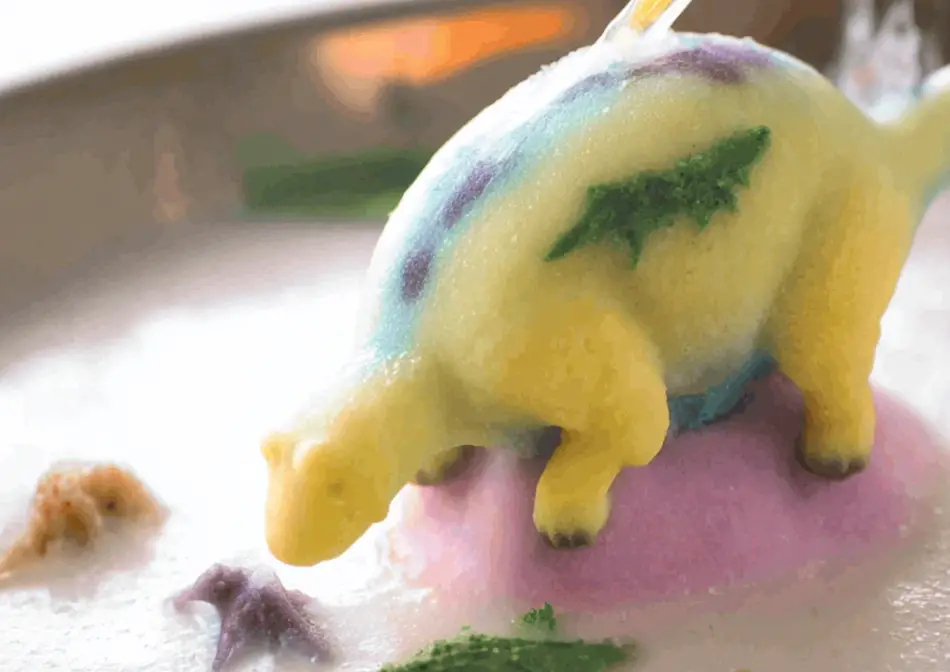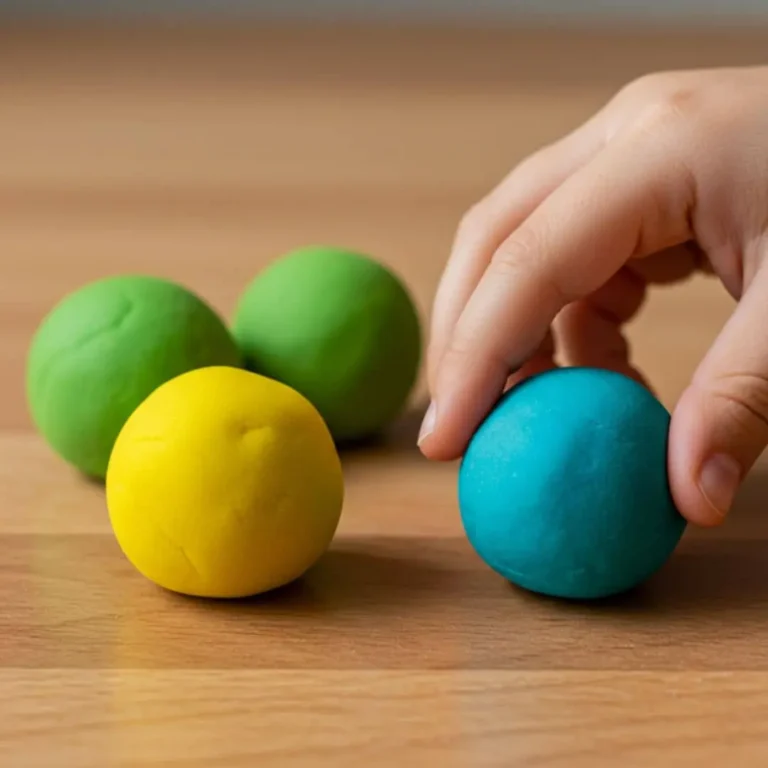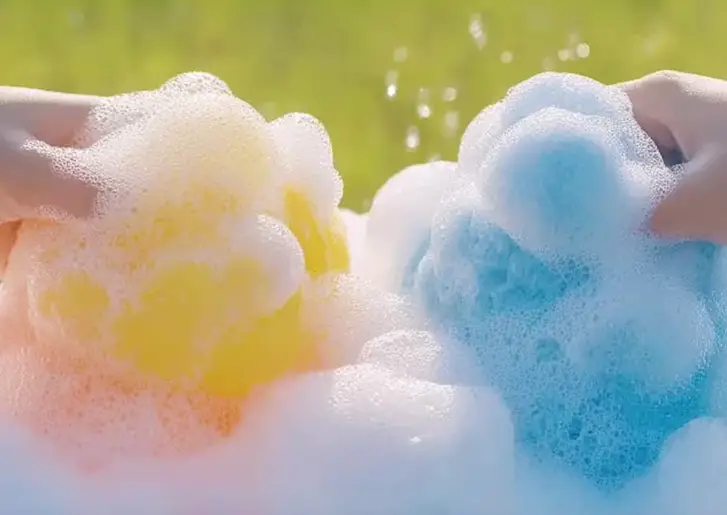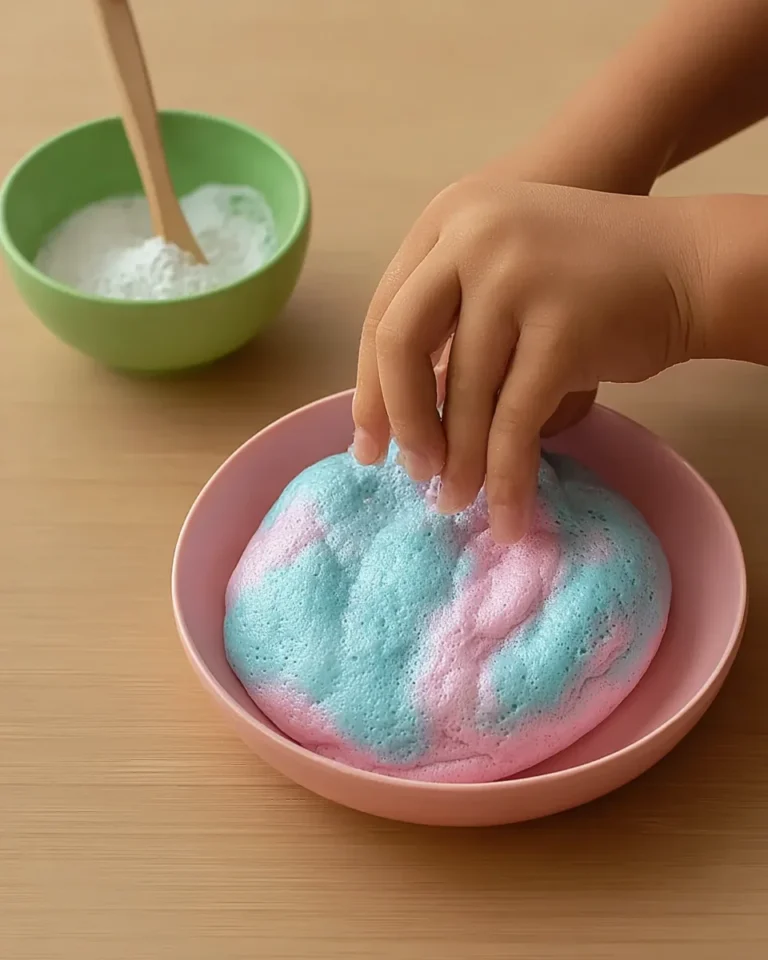Fizzy Dinosaur Egg Hatching – Easy Preschool Science Activity
Introduction
Looking for a fun, hands-on science activity for your little one? The fizzy dinosaur egg hatching experiment is the perfect blend of excitement and education. Designed especially for preschoolers and early learners, this engaging project combines sensory play, chemical reactions, and dinosaur-themed discovery. From mixing and molding to fizzing and hatching, your child will be captivated every step of the way.

This article will walk you through every detail—supplies, preparation, steps, safety tips, and the science behind the fizz. It’s an activity that guarantees giggles, learning, and awe as kids witness dinosaurs erupting from handmade eggs.
What Is a Fizzy Dinosaur Egg?
Fizzy dinosaur eggs are a simple science project made with a baking soda dough that encases a small plastic dinosaur toy. Once frozen, the “egg” reacts with vinegar, producing fizzy bubbles and gradually revealing the hidden dinosaur. This experiment is not only exciting for kids but also introduces them to basic chemistry.
Materials You’ll Need
Before diving into the process, make sure you have the following materials ready:
- 2–3 cups baking soda
- Water (about 1/4 to 1/2 cup)
- Food coloring (optional)
- Small plastic dinosaur toys
- Vinegar (white distilled)
- Eye dropper, squirt bottle, or baster
- Bowls for mixing
- Gloves or aprons (optional but recommended)
- Tray, deep dish, or bucket
- Freezer
Preparation Time
- Prep Time: 20 minutes
- Freeze Time: 3–4 hours minimum
- Activity Time: 30–45 minutes
- Cleanup Time: 10 minutes
- Total Time: Approximately 4–5 hours (includes freezing)
Step-by-Step Instructions
Step 1: Mix the Dough
Start by pouring the baking soda into a bowl. Slowly add water in small increments while stirring. The mixture should form a crumbly yet moldable dough—similar to damp sand. If it’s too wet, add more baking soda. If too dry, add more water.
Optional: Add a few drops of food coloring to create colorful dinosaur eggs. You can divide the dough into separate bowls for multiple colors.
Step 2: Mold the Dinosaur Eggs
Take a small plastic dinosaur toy and place it in the center of your hand. Scoop the dough around the dinosaur and mold it into an egg shape. Press tightly to hold the shape.
Tip: You can use plastic wrap or large plastic Easter eggs to help form consistent shapes and sizes.
Step 3: Freeze the Eggs
Place the formed eggs onto a tray or plate and put them in the freezer for at least 3 hours. The longer you freeze them, the more solid they’ll become, and the longer it will take to hatch them—extending the fun.
Step 4: Set Up the Hatching Station
Once the eggs are frozen solid, prepare a hatching station:
- Fill a deep dish or bucket with your dinosaur eggs.
- Pour vinegar into a cup or bowl.
- Provide kids with a squirt bottle, dropper, or baster to apply vinegar.
- Lay down newspaper or a washable mat if you’re indoors.
Step 5: Hatch the Dinosaurs!
Let your kids squirt or drop vinegar onto the eggs. Watch as fizzy bubbles erupt, and the egg starts to dissolve. The baking soda reacts with the vinegar to create carbon dioxide gas, causing the fizzing effect.
Encourage your child to keep applying vinegar until the dinosaur is completely uncovered. Some kids may enjoy pouring vinegar directly over the egg or dropping it into a cup full of vinegar to speed up the fizz.
Educational Benefits
This simple experiment delivers several educational benefits:
Teaches Basic Chemistry
- Demonstrates a classic acid-base reaction
- Produces carbon dioxide bubbles
- Visual and tactile learning about chemical changes
Introduces States of Matter
- Solid: Baking soda
- Liquid: Vinegar
- Gas: Carbon dioxide (fizz)
Enhances Sensory Play
- Mixing, molding, and squeezing the dough engages touch
- Fizzing and bubbling stimulate sight and sound
- Optional dino bath afterward for more sensory exploration
Safety Tips
- Always supervise young children during the activity.
- Use gloves if your child has sensitive skin.
- Make sure plastic toys are not too small to prevent choking.
- Clean surfaces immediately after the experiment to avoid staining.
Cleaning Up
Cleanup is simple and quick. Use warm water and a towel to wipe down any remaining residue. Pour used vinegar down the sink—it’s a natural cleaning agent, so it can even help clean your drain!
Alternative Ideas and Variations
- Use lemon juice instead of vinegar for a different scent.
- Add glitter to the dough for a magical effect.
- Create themed eggs for other animals—try ocean creatures or insects.
- Turn the experiment into a race: Who can hatch their dinosaur first?
- Try using glow-in-the-dark food coloring for a nighttime version.
Conclusion
The fizzy dinosaur egg hatching activity is more than just fun—it’s a learning experience disguised as play. From basic chemistry to sensory exploration, it covers a wide range of developmental skills in a simple, engaging way. Perfect for homeschoolers, classroom science units, or just a rainy afternoon at home, this project is a guaranteed hit with any dinosaur enthusiast.
So gather your supplies, roll up your sleeves, and get ready for fizz, fun, and ferocious dinosaurs!




